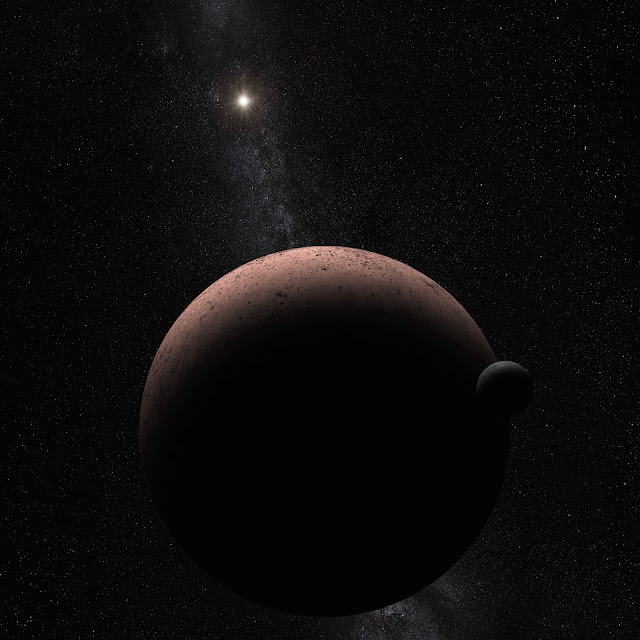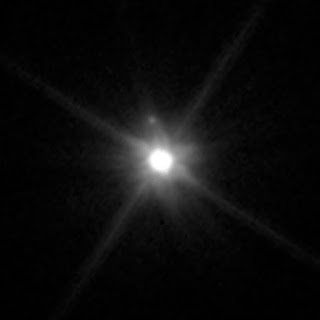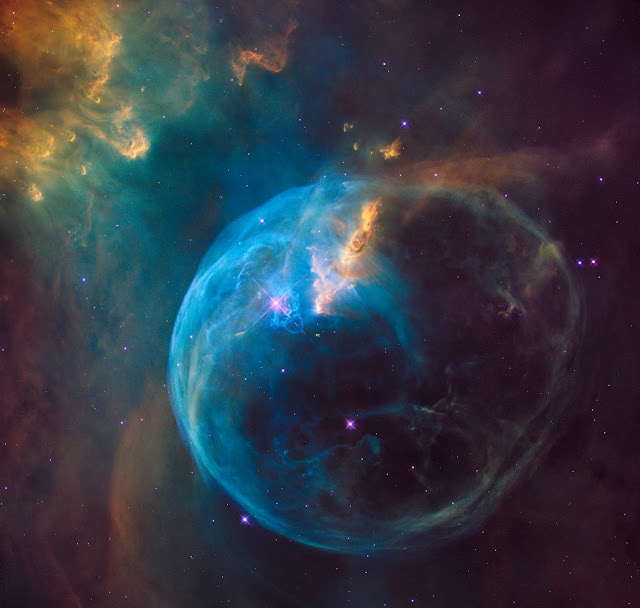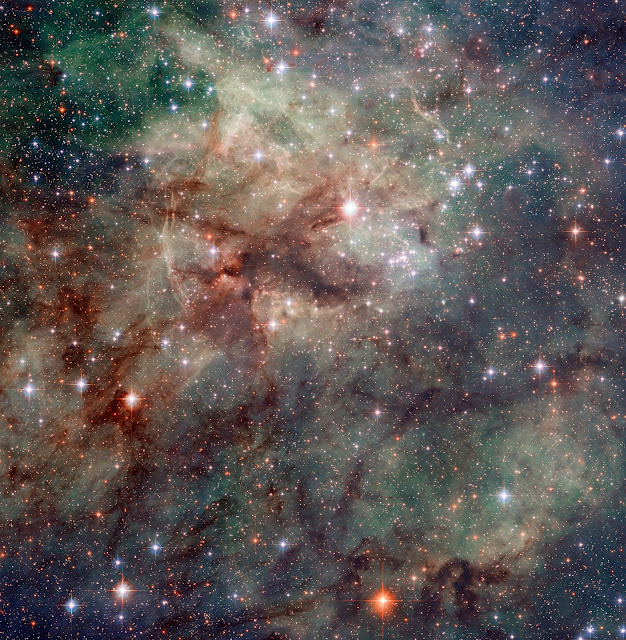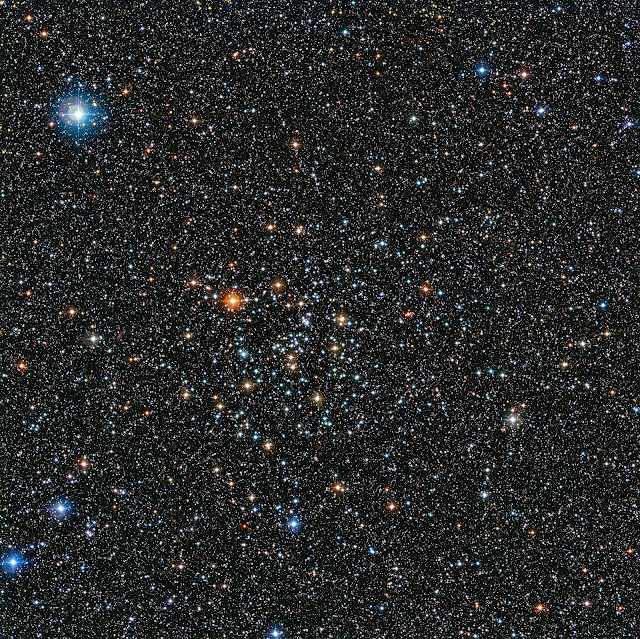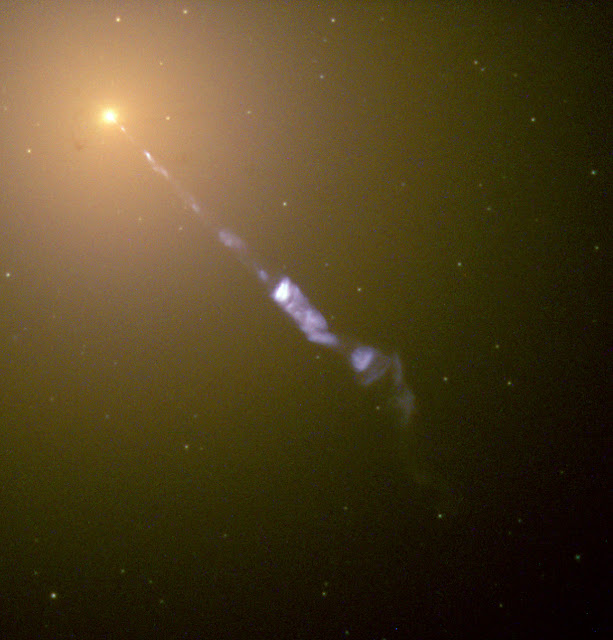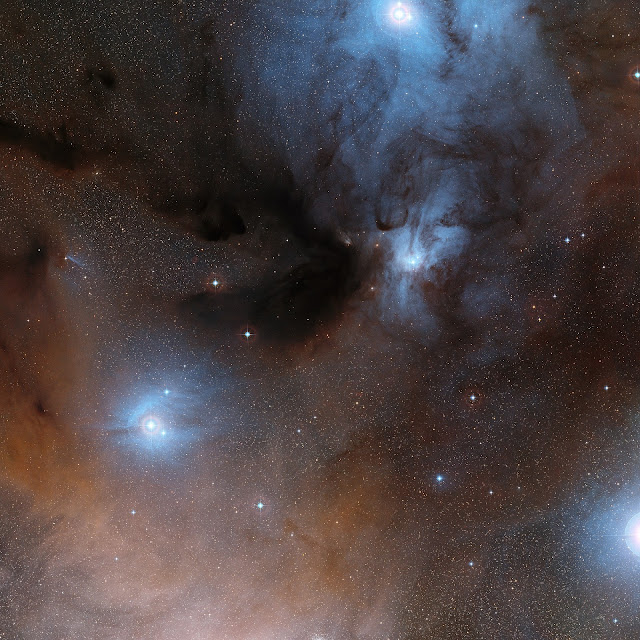Andromeda Galaxy in Ultraviolet

In a break from its usual task of searching for distant cosmic explosions, NASA's Swift satellite acquired the highest-resolution view of a neighboring spiral galaxy ever attained in the ultraviolet. The galaxy, known as M31 in the constellation Andromeda, is the largest and closest spiral galaxy to our own. This mosaic of M31 merges 330 individual images taken by Swift's Ultraviolet/Optical Telescope. The image shows a region 200,000 light-years wide and 100,000 light-years high (100 arcminutes by 50 arcminutes). Image Credit: NASA/Swift/Stefan Immler (GSFC) and Erin Grand (UMCP) Explanation from: http://www.nasa.gov/multimedia/imagegallery/image_feature_1492.html

